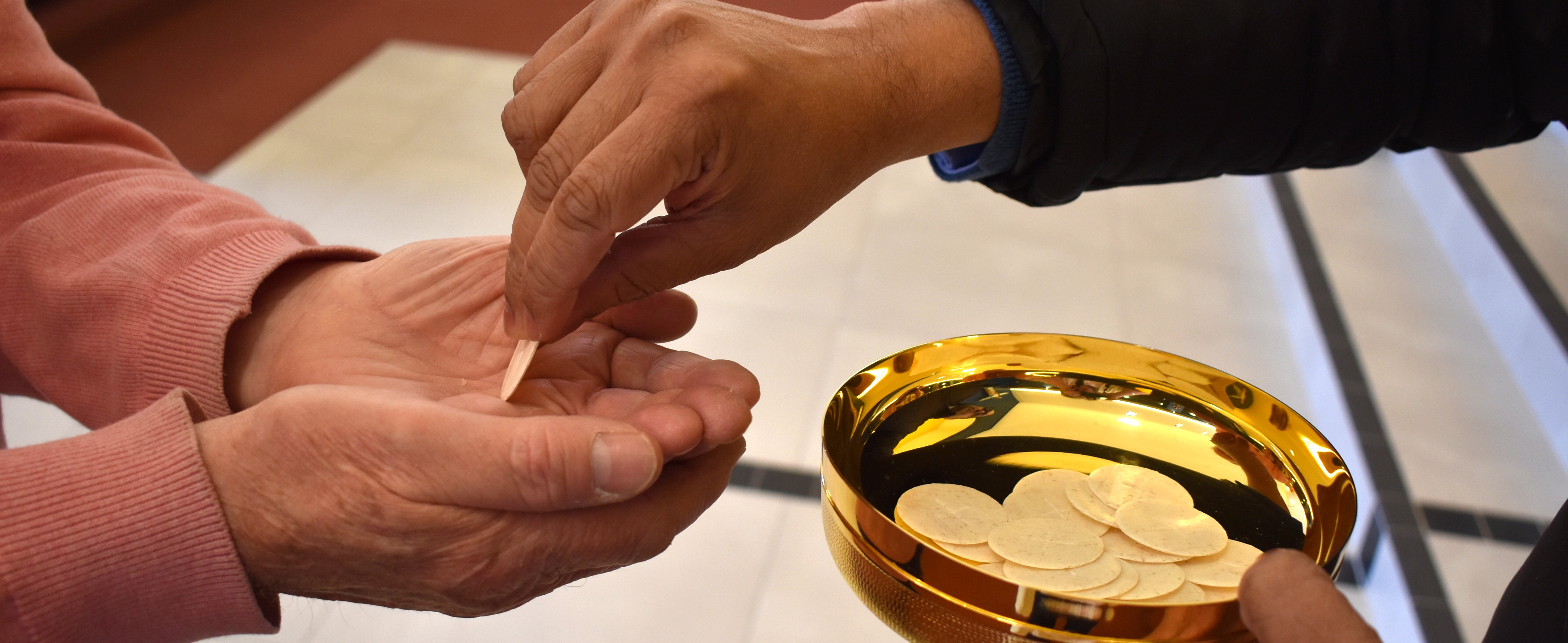The Priesthood of the Faithful
National Liturgical Council

Understanding the priesthood of the faithful begins with the invitation of the New Testament: “Like living stones, let yourselves be built into a spiritual house, to be a holy priesthood, to offer spiritual sacrifices acceptable to God through Jesus Christ” (I Peter 2:5). From this understanding the author goes on to affirm that they are “a chosen race, a royal priesthood, a holy nation, God’s own people” (2:9). The baptised, as "living stones," are built into the spiritual house of the Church by being priests through the Spirit. (Catechism of the Catholic Church, n. 1268)
This understanding of the holy people of God as a community of priests invites St. Paul’s call: “brothers and sisters, present your bodies as a living sacrifice, holy and acceptable to God, which is your spiritual sacrifice” (Rom 12: 1). The people of God actualise their sharing in the priesthood of Christ by the acts and intentions of their ordinary life. The Catechism (n. 1368) expresses this with even more clarity: "In the Eucharist the sacrifice of Christ becomes also the sacrifice of the members of his Body. The lives of the faithful, their praise, sufferings, prayer, and work, are united with those of Christ and with his total offering, and so acquire a new value. Christ's sacrifice present on the altar makes it possible for all generations of Christians to be united with his offering."
The heart of the priesthood of the faithful is the willing and intentional self-offering of the faithful in a way that embraces the whole of their lives as spiritual sacrifices united with the priestly self-gift of Christ to his Father” (165) founded on the fundamental mystery of their baptismal integration into the priesthood of Christ.
The privilege of being integrated into Christ’s priestly ministry in the presence of his Father is common to the ordained and to the faithful. The unity of ministerial and baptismal priesthood witnesses the fullness of Christ’s priesthood. So the presider prays in the Mass that “my sacrifice and yours may be acceptable”. In the eucharistic celebration the faithful are called to exercise their priesthood by placing their spiritual sacrifices, along with that of the presider, upon the altar for them to be consecrated as the Body and Blood of Christ. The Bread is then, blessed, broken and shared with them in Communion so that the sacrifices of the holy people are likewise consecrated. For this reason, “it is most desirable that the faithful, just as the priest himself is bound to do, receive the Lord’s Body from hosts consecrated at the same Mass … so that even by means of the signs Communion will be a participation in the sacrifice actually being celebrated. (General Instruction of the Roman Missal n. 85). Sharing Communion from the altar and not from the tabernacle enables the priestly people to exercise their priesthood fully.
The priesthood of the faithful enables the faithful to live their daily life as holy sacrifice and to bring their daily offering to the Eucharist to be consecrated as the Body of Christ.
